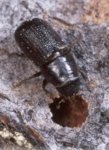I live in NE Oregon where we have a number of 5 needle pines...the Whitebark pine, Limberpine, and the Western White pine. They grow at elevations from 6000- 8500' here. I have collected a few and just wanted to report my findings to those interested. All of the 5 needle pines are susceptible to the Pine blister rust that has already killed a number of these trees. The Whitebark pine is the most susceptible of all the 5 needle pines in this area. It seems that gooseberries and currents are intermediate hosts, but efforts to remove those plants has proven ineffective. From what I have seen where I live, it seems that the adult trees are the ones being affected and killed. I have not seen any smaller/younger 5 needle trees that were visibly affected. I have seen the disease on very few of the older trees and those that have it are doomed, as there is no cure. The forest service is presently raising supposedly disease resistant 5 needles and they are planting these in areas where these trees grow. I did notice that a lot of the Whitebark pine in my area grow in crowded conditions. They also have a tendency to grow in groups, making conditions more crowded. To me, the Whitebarks are not what I would call a real healthy, vibrant looking tree. If one collects them when they are 6-14" tall they seems to be in good condition with nice structure , dark green needles and no yellowing. There is lots of competition with trees that grow much faster like Lodgepole, Firs, etc, that crowd the White bark out. A lot of them get started under canopies of much larger trees like firs so they don't get sun as needed and the larger trees dump huge piles of snow on them in the winter time breaking them off. From what I've read, over-crowded conditions in a forest are not healthy and will allow disease to spread more readily. I think that is especially true in my area.
Here are some pictures of Whitebark pines in my area that are different ages. The largest one is over 2 1/2' in diameter at the base. The smallest is about 14" tall. Also included is a picture of the needle and branch structure, and a picture of the deadly pine blister rust that is killing a lot of them on a trunk of an older tree. As you can see the bark seems to be smooth and lighter in color on the smaller trees and goes darker and rougher with age.
Here are some pictures of Whitebark pines in my area that are different ages. The largest one is over 2 1/2' in diameter at the base. The smallest is about 14" tall. Also included is a picture of the needle and branch structure, and a picture of the deadly pine blister rust that is killing a lot of them on a trunk of an older tree. As you can see the bark seems to be smooth and lighter in color on the smaller trees and goes darker and rougher with age.
Attachments
-
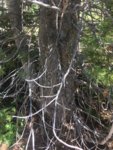 whitebark 1.jpg563.1 KB · Views: 20
whitebark 1.jpg563.1 KB · Views: 20 -
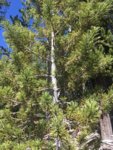 whitebark 6.jpg740.8 KB · Views: 18
whitebark 6.jpg740.8 KB · Views: 18 -
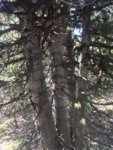 whitebark 3.jpg546.2 KB · Views: 18
whitebark 3.jpg546.2 KB · Views: 18 -
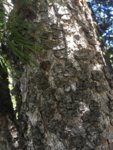 Photo%20Jun%2030,%202%2039%2048%20PM_preview.jpeg.jpg350.2 KB · Views: 18
Photo%20Jun%2030,%202%2039%2048%20PM_preview.jpeg.jpg350.2 KB · Views: 18 -
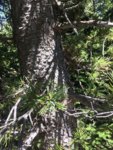 Photo%20Jun%2030,%202%2040%2004%20PM%20(1)_preview.jpeg.jpg390 KB · Views: 16
Photo%20Jun%2030,%202%2040%2004%20PM%20(1)_preview.jpeg.jpg390 KB · Views: 16 -
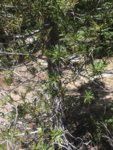 whitebark 5.jpg661.6 KB · Views: 16
whitebark 5.jpg661.6 KB · Views: 16 -
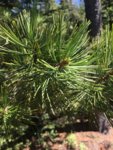 Photo%20Jun%2030,%202%2040%2009%20PM_preview.jpeg.jpg273.5 KB · Views: 21
Photo%20Jun%2030,%202%2040%2009%20PM_preview.jpeg.jpg273.5 KB · Views: 21 -
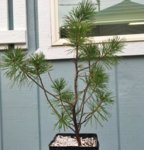 IMG_3308.JPG460.9 KB · Views: 24
IMG_3308.JPG460.9 KB · Views: 24 -
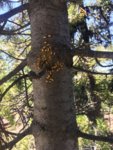 Photo%20Jun%2030,%202%2041%2017%20PM%20(1)_preview.jpeg.jpg284.2 KB · Views: 25
Photo%20Jun%2030,%202%2041%2017%20PM%20(1)_preview.jpeg.jpg284.2 KB · Views: 25 -
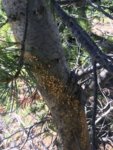 Photo%20Jun%2030,%202%2041%2020%20PM%20(1)_preview.jpeg.jpg304.2 KB · Views: 20
Photo%20Jun%2030,%202%2041%2020%20PM%20(1)_preview.jpeg.jpg304.2 KB · Views: 20
Last edited:

